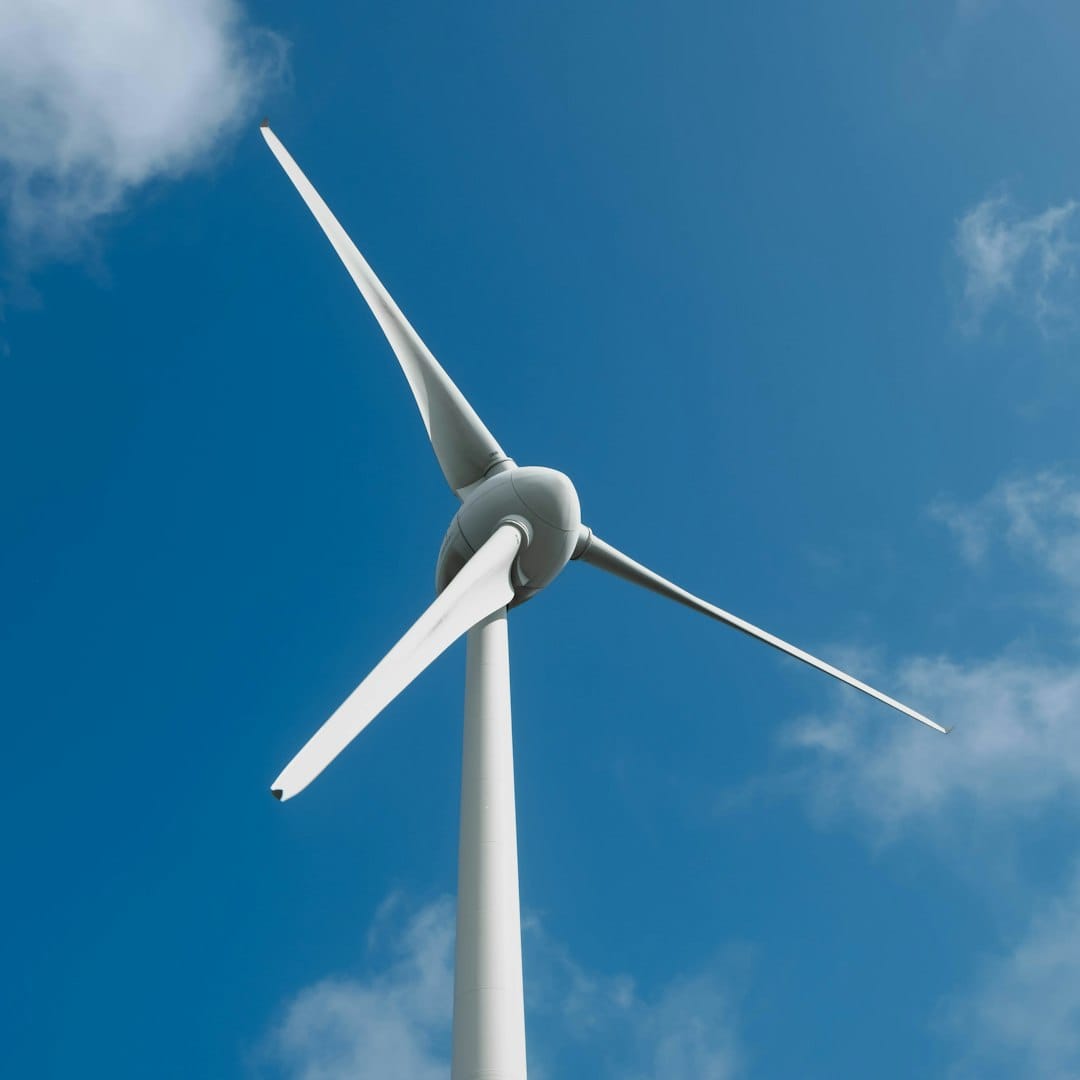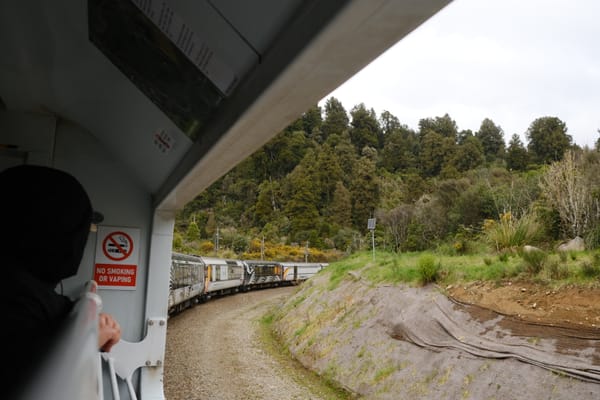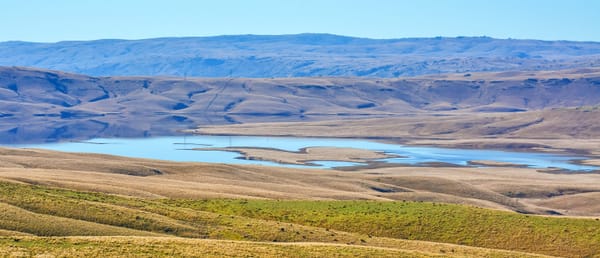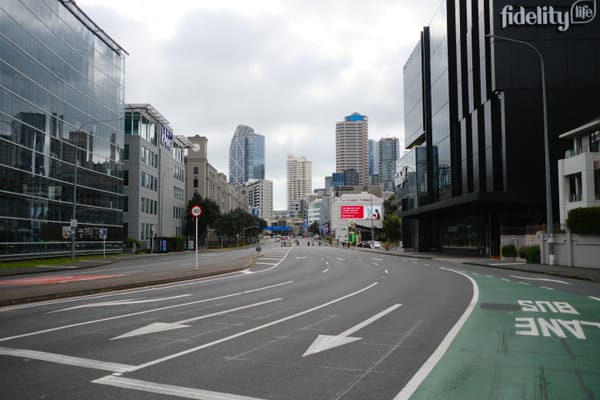What you need to know about the Government's plan to fight climate change

This week is huge for New Zealand’s plan to halt climate change. The Emissions Reduction Plan (thrilling name I know) has been released. It is a mammoth 123 page document that shows how the Government will stop us polluting more carbon into the atmosphere.
They’re required to make this plan. Here’s why.
To fight climate change, New Zealand passed a law in 2019 called the Zero Carbon Act. It requires that the Government set out a plan for cutting our pollution. It also establishes “carbon budgets” which set a maximum amount of carbon we can pollute every five years. It’s like how a household budget has a maximum amount of money it can spend. Labour and National both agreed to meet these budgets, and whoever is in power outlines a plan on how to meet them.
The Coalition Government has announced its draft plan, and is seeking feedback on it. It details how National, ACT and New Zealand First will reduce our pollution between 2026 – 2035. I’ve read all 123 pages so you don’t have to.
Feedback on the plan closes midnight this Sunday and I recommend submitting on it! This is the definitive plan for cutting pollution between now and 2030. Submitting is scary (I feel scared by it!) so I recommend following the Climate Club NZ five minute guide!
But before that, here’s what you need to know.
NZ’s strategy is to pollute about the same and suck more of it back up with trees.
Littered throughout the Emissions Reduction Plan is this phrase: a “net based approach”. Like so many things in climate change, it’s a jargon heavy way to describe something pretty simple. “Net zero” carbon means that for every tonne of carbon put into the air, a tonne of carbon is removed – meaning that you’re left with “zero” pollution when all is said and done.
In the context of this plan, a “net based approach” basically means that the Government is not focused on polluting less – it’s focused on sucking up all that pollution afterwards.
You can use technology to suck up pollution in the air, but it’s not ready to be deployed yet. That means the government is depending on the country planting an extra 30,000 hectares of trees every year. It sounds like a lot, but if we did that for 25 years we’d only have covered 5% of the current farmland in New Zealand. We have more than enough space in theory.
This approach is instead of stopping pollution from happening in the first place. In this Government’s view, prioritising stopping pollution not worth it. Which takes us to our next point.
The Government doesn’t want to spend its own money to invest in cutting pollution.
The second phrase you’ll see littered through this document is a “least-cost approach” – which really means “we don’t want solving climate change to be something the Government pays for.”
Instead of using government funding to make electric cars cheaper, build more solar panels, or help farmers pollute less through subsidies, the current Government sees its role as freeing up regulation for private companies to build infrastructure. Their main focus is on making it very easy to build renewable energy and electric car chargers – which I’m all for.
Freeing up regulation to help more businesses take up proven technology is great. My concern here is that there is some stuff which needs public money. For example, getting more freight onto electric trains, or helping people afford solar panels with a subsidy similar to John Key’s subsidy for insulation.
We can’t expect the Government to be funding big infrastructure projects to cut pollution.
Because of this strategy, New Zealanders will miss out on many benefits of cutting pollution.
The saddest part of not reducing pollution and not investing in infrastructure was made clear to me by Rewiring Aotearoa’s submission on this plan. They made the fantastic point that we have all the technology necessary to meet these budgets without planting trees.
Electrifying everything in our cars and homes would make a massive difference – and save people lots of money into the future. That’s before even considering the benefits of cleaner streets, quieter environments, and fewer people getting sick from air pollution.
This approach, where we plant trees now to compensate for polluting just as much as usual, denies New Zealanders this healthier and cheaper way of living.
It also locks New Zealand into having to plant more trees every year. Preventable pollution will continue, and we will have to keep cleaning it up indefinitely.
It’s short term thinking at its worst – by taking the cheapest option right now, we keep all the downsides of fossil fuels for longer and pay more for it in the long term.
The Government wants to charge more for polluting and make it way easier to build renewable energy.
A positive part of this plan is the Government’s decisions around the Emissions Trading Scheme, which I like to call the Carbon Market. As I explained in a previous article, it’s the way that businesses pay for the pollution that they belch into the air.
The Government accepted the recommendations to fix the Carbon Market, including selling far fewer tonnes of pollution for businesses to buy and raising the price of a tonne of pollution.
They are doing this to spur innovation. When something is more expensive to do, people look for ways to do it more efficiently. The more it costs to pollute, the more incentive there is for businesses to stop using fossil fuels.
Combined with making it easier to build renewable energy like solar and offshore wind, this should help boost the switch from fossil fuels.
The plan counts on farming and transport tech that doesn’t exist yet to solve pollution
Our carbon emissions by and large come from two things: our transport and our farming. 53% of our pollution comes from agriculture, and a further 17.5% comes from transport. Electric trains for freight and regenerative agriculture are two existing technologies that could cut loads of pollution every year. The government hasn’t prioritised these, and instead banked on some early and controversial technologies being used within the next six years.
The first is hydrogen powered trucks. Hydrogen fuel is useful in theory for trucks, but it’s four times too expensive to make sense. Plus, it requires so much extra infrastructure to be built, because hydrogen trucks need fuel instead of just plugging into the existing electrical grid. Lastly, it requires private businesses to voluntarily replace a serious amount of their existing truck fleet with expensive, new, and tricky technology. Honestly, it’s such a hassle. Why don’t we use the thousands of kilometres of rail we already have?
The government has acknowledged that hydrogen won’t have a big effect on this budget, but could be a game changer in the future. That’s something people have been saying about hydrogen fuel for a long time, while electrified transport has markedly improved.
Secondly is farming tech like EcoPonds and methane vaccines. EcoPonds make effluent tanks way better for the environment, and methane vaccines teach the immune systems of cows to kill the tiny bugs in their guts that produce all the methane they burp up. These are fascinating ideas. The problem? EcoPond isn’t even available yet – and won’t be until 2027. Methane vaccines don’t exist at scale yet either. Yet, the Government is hoping that half of all farms to be using EcoPonds within six years. I’m all for optimistic thinking, but I’d like this plan to be built on some more solid foundations.
The regions will remain car-locked
The plan, to its credit, mentions public transport improvements for Auckland and Wellington. It doesn’t include anything new – just finishing off existing projects like the City Rail Link.
What makes me sad is that public transport, which pollutes far less than cars, isn’t going to be improved in other places – not even our second largest city Christchurch.
Public transport used to be available in our towns and regions. My hometown of Whanganui had tram lines until the mid 20th century, and frequent bus services until the late 20th century. Rail connected our regions by moving products and people.
Having no vision for giving people choice of transport in our towns and regions is depressing. There are so many people who would benefit, like my granny in Whanganui. She is in her 80s, about to lose her drivers license, and will have no way to get directly to her swimming pool without taking a taxi.
Wellington and Auckland have oodles of transport options. Why not give those same choices to our regions? Imagine how good it would be to take a train from Wellington to New Plymouth or Gisborne. Imagine how good it would be for the elderly, the disabled, and the young to have frequent and reliable buses to get where they want to go. That’s yet another future that can’t happen when we focus exclusively on planting trees.
This plan has a serious risk of overspending its own pollution budgets
The thing that blows my mind is that there’s some huge margins of error on this plan. We could be as much as 18 million tonnes over the budget for 2026 to 2030. That, I have to assume, is because of the uncertainty that comes from businesses voluntarily investing in new infrastructure and the open question about whether farms will have EcoPonds or methane vaccines available.
Even if the plan does meet its target, it still falls 101 million tonnes of carbon dioxide short of our promise to the world. That’s the same as 909 million petrol cars driving from Auckland to Wellington. The previous Government promised to the UN to halve our net emissions by 2030 – and even in the best case scenario, this plan comes nowhere close.
By the Government’s own estimation, we will not be on track to meet our carbon budgets for 2031–2035. And by the time we know whether we’re on track, we will have wasted years planting trees instead of investing in infrastructure that kills our dependence on fossil fuels once and for all.
You can still have your say, but you’re running out of time!
All this is a lot to take in. The Emissions Reduction Plan touches on literally every part of life in New Zealand.
What we eat, how we get around, how we power our homes, and how we do business has to change. This plan is very different from how I’d write it, and I’ll be telling the Government exactly that.
I’m going to be submitting in support of cheaper electric cars, serious money for trains, and for farming to pay for pollution alongside subsidies for farmers to switch to low-pollution farming methods. Most of all, I’m going to argue strongly that we need to stop polluting now, rather than keep polluting and plant more trees.
Please, use the Climate Club’s submission template. Tell the government what you want for the future of New Zealand. It should take five minutes. We won’t get everything we want, but we can push for a New Zealand that’s cheaper, healthier and better to live in. Some things that make a better future real could make their way into this incredibly important document.
What are you waiting for? Read the Climate Club’s submission, pick what you care about and SUBMIT! Now!!





